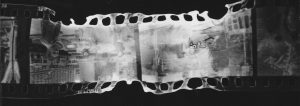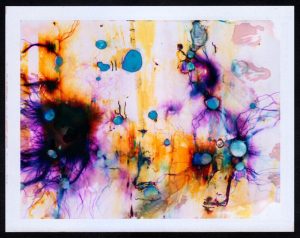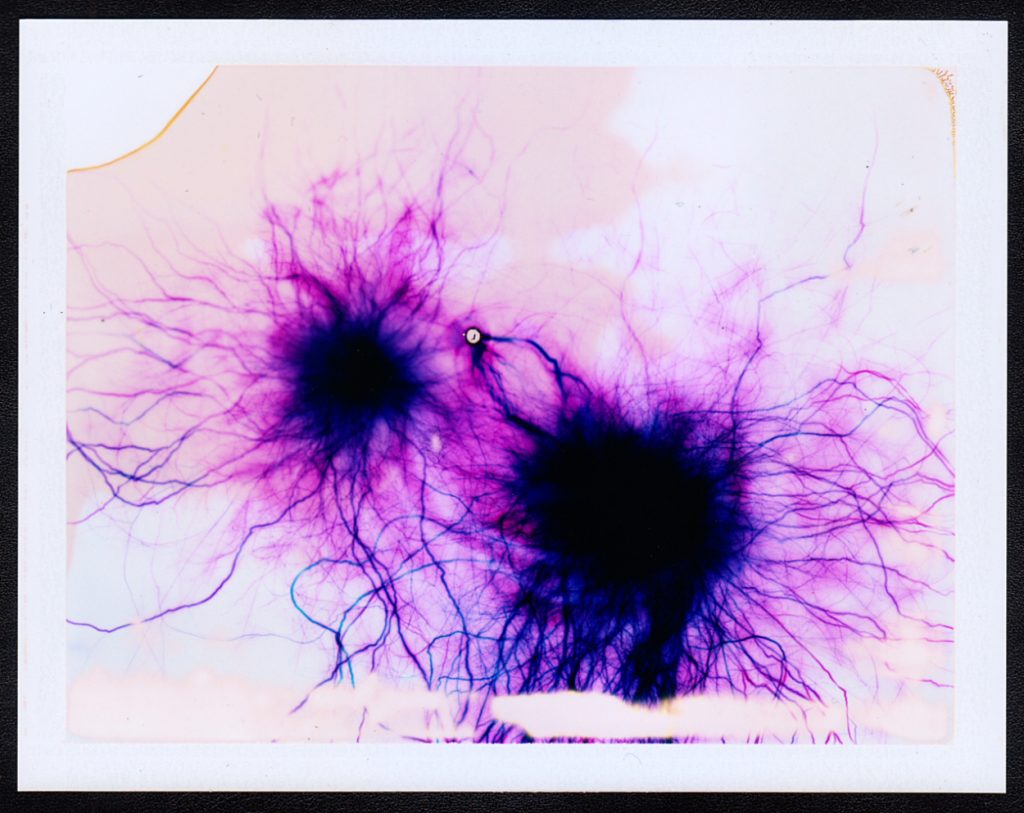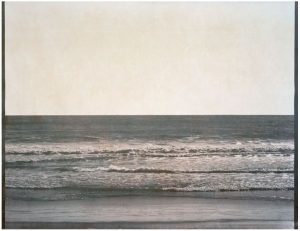After completing my previous research and shoots looking at the different variety’s of waste pollution and where it’s found, I next wanted to explore what ultimately happens to it once it is thrown away. To combat the problem of the growing amount waste production, there are numerous solid waste facilities worldwide, including landfills, incinerators, and a growing number of transfer stations. Many of the older facilities run by municipalities have been closed down because of environmental concerns, paving the way for the waste industry to market their “state-of-the-art” management and facilities. Luckily this is the case with our island and my next documentary shoot will be concentrated on how Jersey deals with its household and commercial waste. I want to show this topic in order to give my viewers an idea of what happens with their everyday waste, even when they dispose of it ‘properly’. To do this I will have to visit La Colette and explore their recycling and waste to energy facilities.
As well as looking the new recycling centre at La Collette that has recently replaced Bellozanne, I am really interested to find out more about what happens to the waste that does not get separated. The common household and commercial waste that is not recycled is sent to the La Collette Energy from Waste Facility. This facility replaces an old incinerator and provides the Channel Island with a reliable means of waste disposal for the next 25 years. It will also be able to produce 10MW of power, equivalent to 7 – 8% of the island’s electricity usage. Reused and recycled items have also been used in the site’s construction, for example, the building takes its shape from the steel frame saved from the demolition of the Jersey Potteries building in Gorey. The waste to energy facility is located next to the existing Jersey power station enabling the EfW plant to share the chimney, cooling water and other auxiliary services, minimising the environmental impact of the development. The way that this site works, in basic terms, is it burns rubbish and uses the heat from the fire to generate steam which is then used to drive a turbine, generating electricity. In order to really explore this part of our islands waste disposal, I wrote to the department of infrastructure in the hopes they would give me some information about the smoke that is generated from the burning of the waste. Amazingly they do not actually produce any smoke and even offered for me to be escorted around the site on the condition that I later give them my photographic results. Below is a copy of the reply I received from the manager of the energy from waste facility, Ian Williams… Since receiving the email above I have been in contact with the ‘Energy from Waste’ facility and have arranged to meet with them on Thursday the 20th of April at 10:45 am. My plan of action for this shoot is to record the site from an insider’s perspective using topography and documentary photography techniques. Whilst there I will be taking as many images as possible, attempting to capture some interesting compositions and angles to draw in my viewer’s attention. All I will need to complete this shoot is my camera and the safety equipment that will be provided upon arrival. My goal for this opportunity is to truthfully present what happens to Jersey’s un-recycled waste, as well as the elements that go into the transforming it into energy.
Since receiving the email above I have been in contact with the ‘Energy from Waste’ facility and have arranged to meet with them on Thursday the 20th of April at 10:45 am. My plan of action for this shoot is to record the site from an insider’s perspective using topography and documentary photography techniques. Whilst there I will be taking as many images as possible, attempting to capture some interesting compositions and angles to draw in my viewer’s attention. All I will need to complete this shoot is my camera and the safety equipment that will be provided upon arrival. My goal for this opportunity is to truthfully present what happens to Jersey’s un-recycled waste, as well as the elements that go into the transforming it into energy.
As well as this guided tour I am also planning to take a trip to the recycling centre to demonstrate the new amazing and easy to use facility we now have at La Collette. Although I am coming at these next few shoots from a documentary perspective, I predict I will also be including some abstract images to emphasise my message. Below is a contact sheet depicting some photographs I have found of each of these departments. One the top row are some of the things I can expect to see at the energy to waste facility and on the bottom row the recycling centre…









































